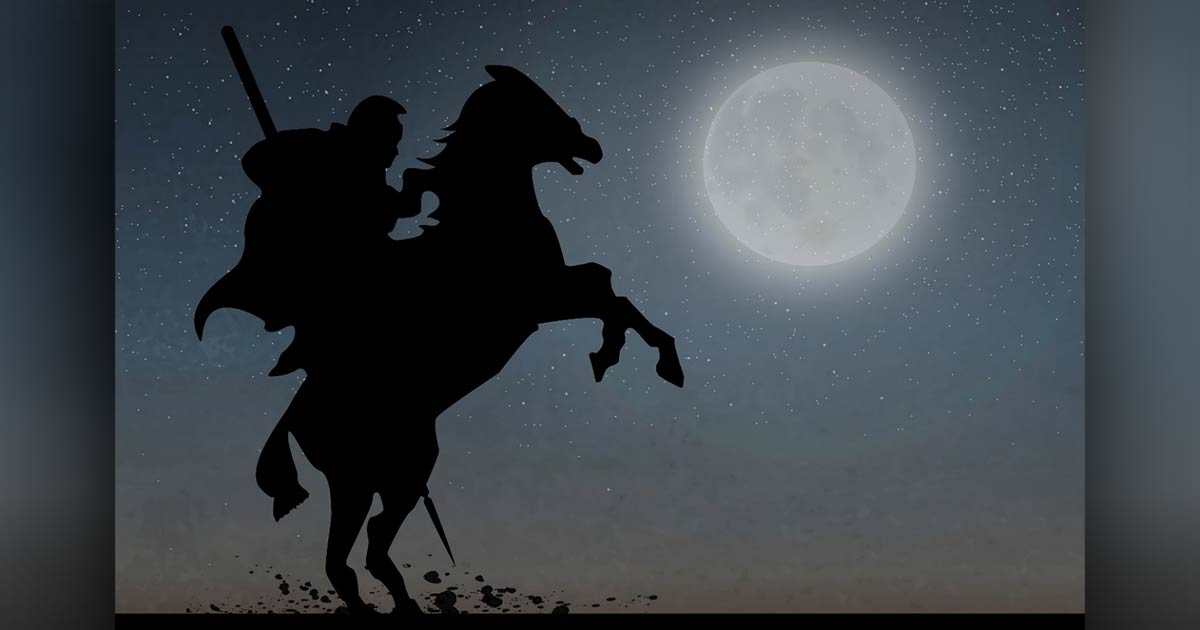Earliest Evidence of Hardcore Horseback Riding in China
The oldest evidence of horseback riding in China has been discovered and it is revealing lost volumes about how horses revolutionized ancient cultures in the East. But it also tells a bleak story about how ancient Chinese people treated their animals.
Researchers of equestrian archaeology know horse riding was “a thing” since roughly 1,200 BC in ancient Mongolia. However, next door in China, much less is known about the first steps taken by horses with humans on their backs. It has always been suspected that the arts of horseback riding emerged with early dynasties, but never before has tangible evidence been presented to support this theory.
This lack of clarity has been resolved thanks to a new study published in Proceedings of the National Academy of Sciences, by Dr. William Taylor, an archaeologist at the University of Colorado Museum of Natural History in Boulder, which has demonstrated not only how horses were treated in ancient China, but when horseback riding first emerged.

Vertebral abnormalities on horses were found in their skeletal remains. The research team concludes that these coincide with the effect of horseback riding in China. (Yue Li / Northwest University, Shaanxi)
Horses with Monkeys on Their Backs
Dr. Taylor and his team of researchers, led by Yue Li and Jian Ma of Northwest University in Xi’an, China, analyzed eight approximately 2,400-year-old horse skeletons excavated in northwestern China. Of the roughly 240 horse vertebrae studied by the team “over 60% exhibited abnormalities like excessive bone growth, fusion and fractures,” states the new research paper. According to an article in Archaeology News Network, Katherine Kanne, an archaeologist at Northwestern University in Evanston, Illinois, said “these pathologies were most common in the lumbar and thoracic vertebrae making up the lower back, from being ridden.”
- Horses as Symbols of Power in History and Mythology
- Horses of Antiquity, Their Ancient and Sacred History
- Dogs of War: Ancient History of Animals in Warfare
The study also presents the results of an analysis of seven horse skulls. Six exhibited pronounced grooves in the bones of their nose suggesting that the horses were “worked strenuously,” said Dr. Taylor. He added that because heavy breathing causes certain muscle groups to overdevelop they can alter the entire bone structure of an animal. The same six horse skulls still had intact teeth which all showed signs of abrasion on their lower second premolars. Dr. Taylor explains in the paper that this type of wearing is consistent with traumatic contact between a bit and the horse’s teeth, most probably caused when riders tugged sharply on the reins, “smacking the bits against the animal’s teeth.”

The horse teeth analyzed showed signs of abrasion, consistant with traumatic contact between a bit and the horses teeth. (Yue Li / Northwest University, Shaanxi)
They Were Hard Ridden Work Horses
When all of these new findings are interpreted together, the new paper describes the bone and tooth abnormalities as “textbook examples of what happens when horses are ridden heavily,” said Alan Outram, an archaeologist at the University of Exeter in the United Kingdom who was not involved in the research. The Archaeology News Network article quotes Dr Outram saying “There’s no question that these horses are riding horses,” based on the severe wear and tear observed on the bone samples.
Although new data has been amassed pertaining to how hard, or horribly, horses were treated by people in ancient China, the point of this study was to try and trace the emergence, or ancient origins, of horseback riding and domestication. Furthermore, the scientist set out to better understanding how horse riding changed the course of Chinese history. Dr. Taylor said while it is still unclear how exactly horses went from being animals that predominantly pulled chariots, to one that “was engaging in sophisticated cavalry combat.” However, the professor added that the new study does provide some new clues into this patchy story.

An ancient Chinese jade carving of a mounted warrior horseback riding in China. (bbbar / Adobe Stock)
Nailing the Military History of Horseback Riding in China
In conclusion, the new paper suggests that mounted equestrianism in China goes back “as far as 350 BC.” This finding is supported by the mainstream belief that that horseback riding emerged in China in a military environment. Furthermore, the researchers suggest horseback riding in China played a central role in the format of early dynasties. Specifically, horseback riding might have contributed heavily to the formation of the first unified empire during the Qin dynasty in the third century BC. And if horseback riding did indeed emerge at this time, it directly influenced the course of the ancient Silk Road trading route connecting western Europe with China and greater Asia.
Top image: A mounted warrior horseback riding in China. Source: lisheng2121 / Adobe Stock
By Ashley Cowie



















